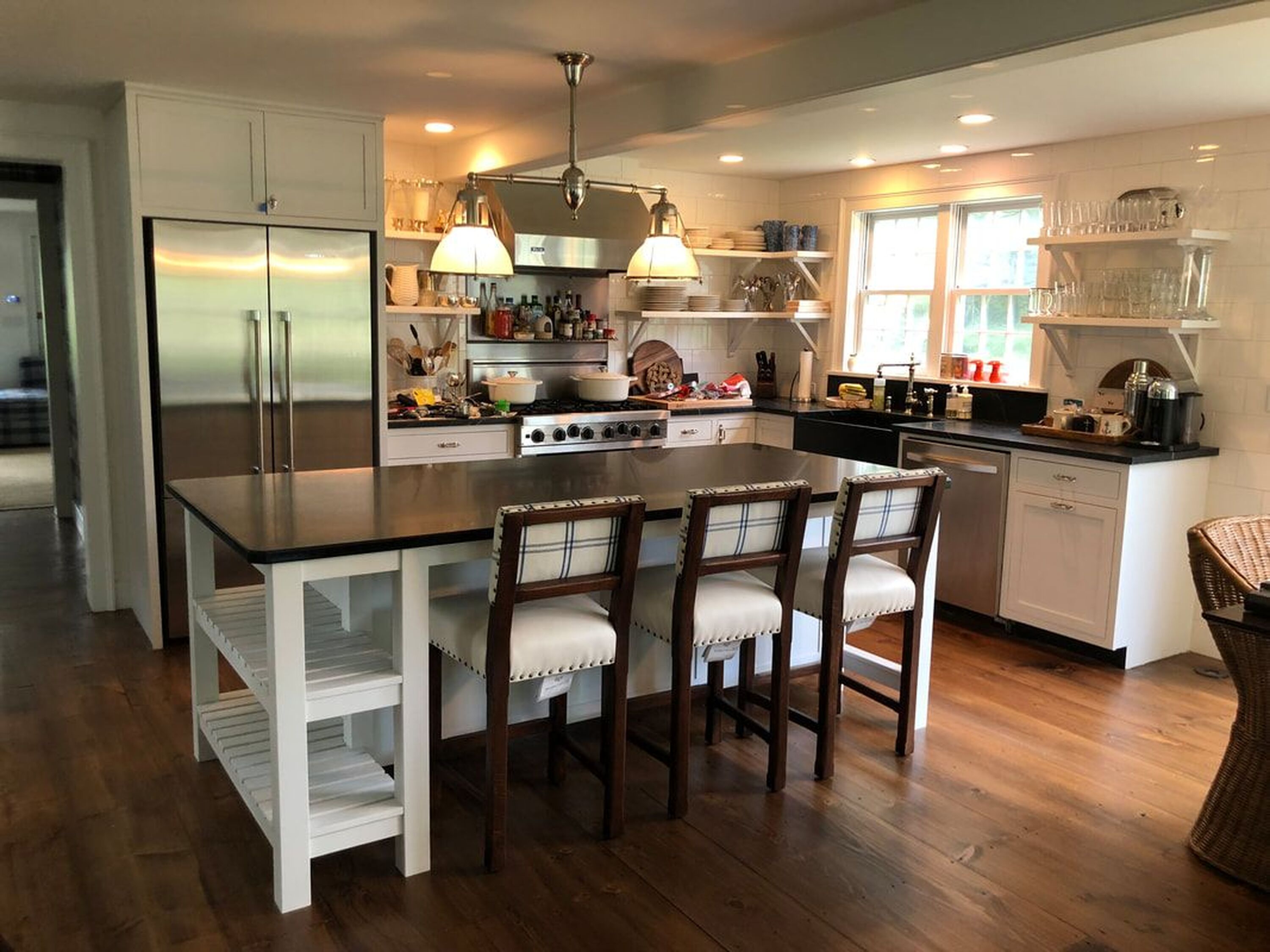Vinyl Flooring
General Care Tips
Over the years, vinyl flooring has earned its place as the most popular flooring material for kitchens, bathrooms, playrooms and other high activity areas. As expected, high activity areas require more attention, but the ease of cleaning and maintaining vinyl just secures its place as the favored flooring for busy rooms.
Regular care of vinyl floors is amazingly simple. Daily vacuuming, sweeping or mopping will help maintain the original shine and color of a vinyl floor for years. Quick cleanup of spots and spills with a mild detergent and water will prevent discoloration of the flooring, and a weekly or bi-weekly cleaning with a commercial floor cleaner keeps the floor looking as good as new.
Before mopping with a cleaning solution, sweep the floor thoroughly to remove as much dust, lint and loose dirt as possible. Then simply mop with the solution to remove the more stubborn dirt from the floor. Be sure to rinse the floor with clean water after mopping with the detergent solution; residue from the detergent can form a sticky film on the vinyl that clouds the finish and attracts more dirt.
Many commercial floors cleaning “protectors“ and “polishes” are available on the market that provide a glossy surface and seal to the vinyl. However, some of these are not appropriate for all vinyl floors, and may in fact dull the floor rather than polish it. Those suitable for vinyl floors will coat the surface to reduce wear and tear, and add an additional sheen to the surface. Inappropriate polishes will only dull the floor. Check your flooring manufacturer’s recommendations before using any of these floor polishing products.
As often as twice a year, you may want to “strip” your vinyl floor. A stripping solution (often provided by the manufacturer when your vinyl floor is installed) removes the inevitable buildup of oils and soap residues that even careful mopping cannot always get. The stripping solution should return your vinyl floor to its original condition and allow regular cleaning to continue to maintain the floors shine.
There are also commercial refinishing products for vinyl floors. These are rarely used, and in fact are only appropriate where heavy wear has worn the surface of the vinyl floor away. The refinisher will reseal the vinyl and add a new lustrous coating to its surface but should be used only when the vinyl floor’s original surface has been compromised, not as a polish. If you use a commercial refinishing product, follow the manufacturer’s directions carefully.
Vinyl flooring is tough, but still subject to scratches, dents and tears. It is a good idea to use felt pads under all furniture legs that are placed on vinyl floors. Also, the slick, shiny appearance of well-maintained vinyl floors makes sliding furniture seem easy, but it’s not a good idea. Always lift furniture off the vinyl when moving it.
With simple, regular care your vinyl floors should remain beautiful for years.
Regular care of vinyl floors is amazingly simple. Daily vacuuming, sweeping or mopping will help maintain the original shine and color of a vinyl floor for years. Quick cleanup of spots and spills with a mild detergent and water will prevent discoloration of the flooring, and a weekly or bi-weekly cleaning with a commercial floor cleaner keeps the floor looking as good as new.
Before mopping with a cleaning solution, sweep the floor thoroughly to remove as much dust, lint and loose dirt as possible. Then simply mop with the solution to remove the more stubborn dirt from the floor. Be sure to rinse the floor with clean water after mopping with the detergent solution; residue from the detergent can form a sticky film on the vinyl that clouds the finish and attracts more dirt.
Many commercial floors cleaning “protectors“ and “polishes” are available on the market that provide a glossy surface and seal to the vinyl. However, some of these are not appropriate for all vinyl floors, and may in fact dull the floor rather than polish it. Those suitable for vinyl floors will coat the surface to reduce wear and tear, and add an additional sheen to the surface. Inappropriate polishes will only dull the floor. Check your flooring manufacturer’s recommendations before using any of these floor polishing products.
As often as twice a year, you may want to “strip” your vinyl floor. A stripping solution (often provided by the manufacturer when your vinyl floor is installed) removes the inevitable buildup of oils and soap residues that even careful mopping cannot always get. The stripping solution should return your vinyl floor to its original condition and allow regular cleaning to continue to maintain the floors shine.
There are also commercial refinishing products for vinyl floors. These are rarely used, and in fact are only appropriate where heavy wear has worn the surface of the vinyl floor away. The refinisher will reseal the vinyl and add a new lustrous coating to its surface but should be used only when the vinyl floor’s original surface has been compromised, not as a polish. If you use a commercial refinishing product, follow the manufacturer’s directions carefully.
Vinyl flooring is tough, but still subject to scratches, dents and tears. It is a good idea to use felt pads under all furniture legs that are placed on vinyl floors. Also, the slick, shiny appearance of well-maintained vinyl floors makes sliding furniture seem easy, but it’s not a good idea. Always lift furniture off the vinyl when moving it.
With simple, regular care your vinyl floors should remain beautiful for years.

